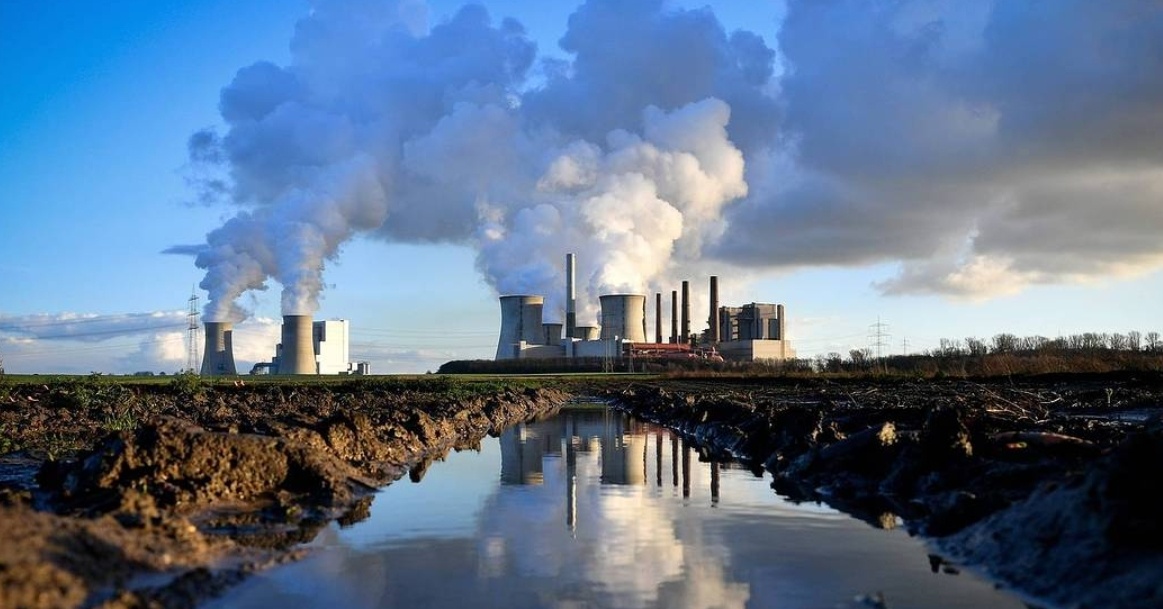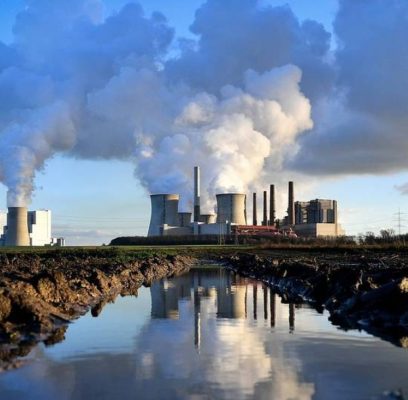On the coast of an island off the Norwegian coast of the North Sea, engineers are building a graveyard for unwanted greenhouse gases.
The future terminal is to pump tons of liquefied carbon dioxide trapped at the top of factory pipes across Europe into cavities deep under the seabed. The aim of the project in the western municipality of Oygarden is to prevent gas from escaping into the atmosphere. This will help stop global warming.
“This is the world’s first open access transport and storage infrastructure. All CO₂ will be redirected for safe processing, transportation and then permanent storage,” said Sverre Overa, project leader, in an interview with Agence France-Presse.
So, carbon from a cement plant and an energy-from-waste plant in the Oslo region will be sent to the site.
In addition, the country’s authorities have already invited foreign firms to send their CO₂ emissions to be buried in a safe place.
Using the technology to capture and store carbon is not a new idea, but despite generous subsidies, it has never caught on. Mainly because it is very expensive.
According to the industry’s Global CCS Institute, there are only a couple of dozen active CCS projects in the world.
On Monday, Northern Lights partners announced the first cross-border commercial agreement. From 2025, it will capture 800,000 tonnes of CO₂ annually at a plant in Holland owned by Norwegian fertilizer manufacturer Yara. The carbon dioxide will then be sent to Aigarden and stored there.
Norway is the largest producer of hydrocarbons in Western Europe, but the country is actively using CO₂ storage technologies on the continent, especially in depleted oil fields in the North Sea. The government has already funded 80% of the infrastructure with €1.7bn as part of a broader government plan to develop the technology.

